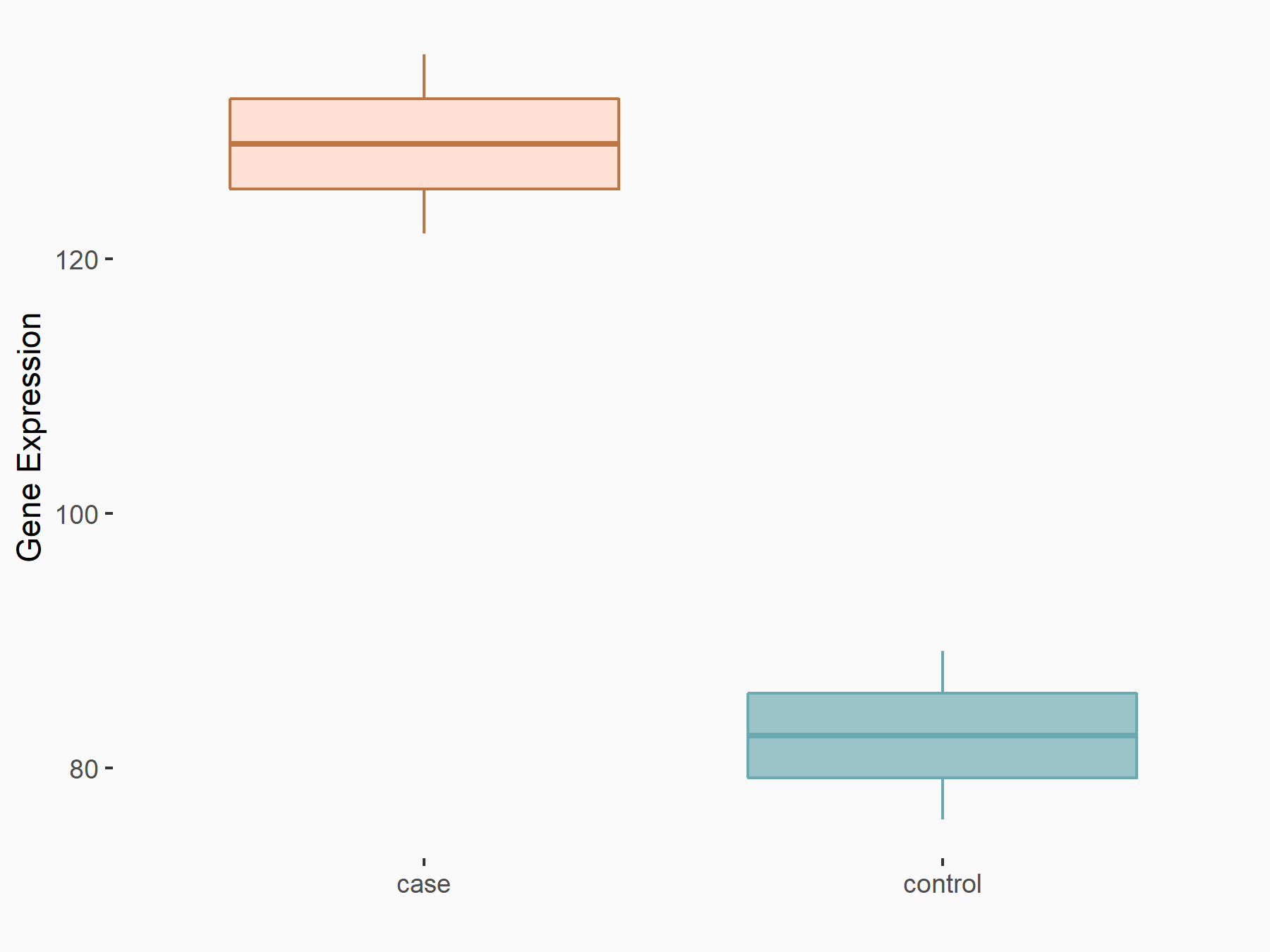m6A Target Gene Information
General Information of the m6A Target Gene (ID: M6ATAR00709)
Full List of m6A Methylation Regulator of This Target Gene and Corresponding Disease/Drug Response(s)
IQGAP1
can be regulated by the following regulator(s), and cause disease/drug response(s). You can browse detail information of regulator(s) or disease/drug response(s).
Browse Regulator
Browse Disease
Fat mass and obesity-associated protein (FTO) [ERASER]
| Representative RNA-seq result indicating the expression of this target gene regulated by FTO | ||
| Cell Line | NB4 cell line | Homo sapiens |
|
Treatment: shFTO NB4 cells
Control: shNS NB4 cells
|
GSE103494 | |
| Regulation |
  |
logFC: 6.41E-01 p-value: 2.42E-02 |
| More Results | Click to View More RNA-seq Results | |
| In total 1 item(s) under this regulator | ||||
| Experiment 1 Reporting the m6A Methylation Regulator of This Target Gene | [1] | |||
| Response Summary | AMD1 could stabilize the interaction of Ras GTPase-activating-like protein IQGAP1 (IQGAP1) with FTO, which then promotes FTO expression and increases HCC stemness. | |||
| Target Regulation | Up regulation | |||
| Responsed Disease | Hepatocellular carcinoma | ICD-11: 2C12.02 | ||
| Pathway Response | Ubiquitin mediated proteolysis | hsa04120 | ||
| Cell Process | Proteasome pathway degradation | |||
| In-vitro Model | MHCC97-H | Adult hepatocellular carcinoma | Homo sapiens | CVCL_4972 |
| HCCLM3 | Adult hepatocellular carcinoma | Homo sapiens | CVCL_6832 | |
| In-vivo Model | For subcutaneous xenotransplanted tumor models, cells were injected subcutaneously (5 × 106 for MHCC97H or 1×106 for PLC cells per mouse). | |||
Liver cancer [ICD-11: 2C12]
| In total 1 item(s) under this disease | ||||
| Experiment 1 Reporting the m6A-centered Disease Response | [1] | |||
| Response Summary | AMD1 could stabilize the interaction of Ras GTPase-activating-like protein IQGAP1 (IQGAP1) with FTO, which then promotes FTO expression and increases HCC stemness. | |||
| Responsed Disease | Hepatocellular carcinoma [ICD-11: 2C12.02] | |||
| Target Regulator | Fat mass and obesity-associated protein (FTO) | ERASER | ||
| Target Regulation | Up regulation | |||
| Pathway Response | Ubiquitin mediated proteolysis | hsa04120 | ||
| Cell Process | Proteasome pathway degradation | |||
| In-vitro Model | MHCC97-H | Adult hepatocellular carcinoma | Homo sapiens | CVCL_4972 |
| HCCLM3 | Adult hepatocellular carcinoma | Homo sapiens | CVCL_6832 | |
| In-vivo Model | For subcutaneous xenotransplanted tumor models, cells were injected subcutaneously (5 × 106 for MHCC97H or 1×106 for PLC cells per mouse). | |||